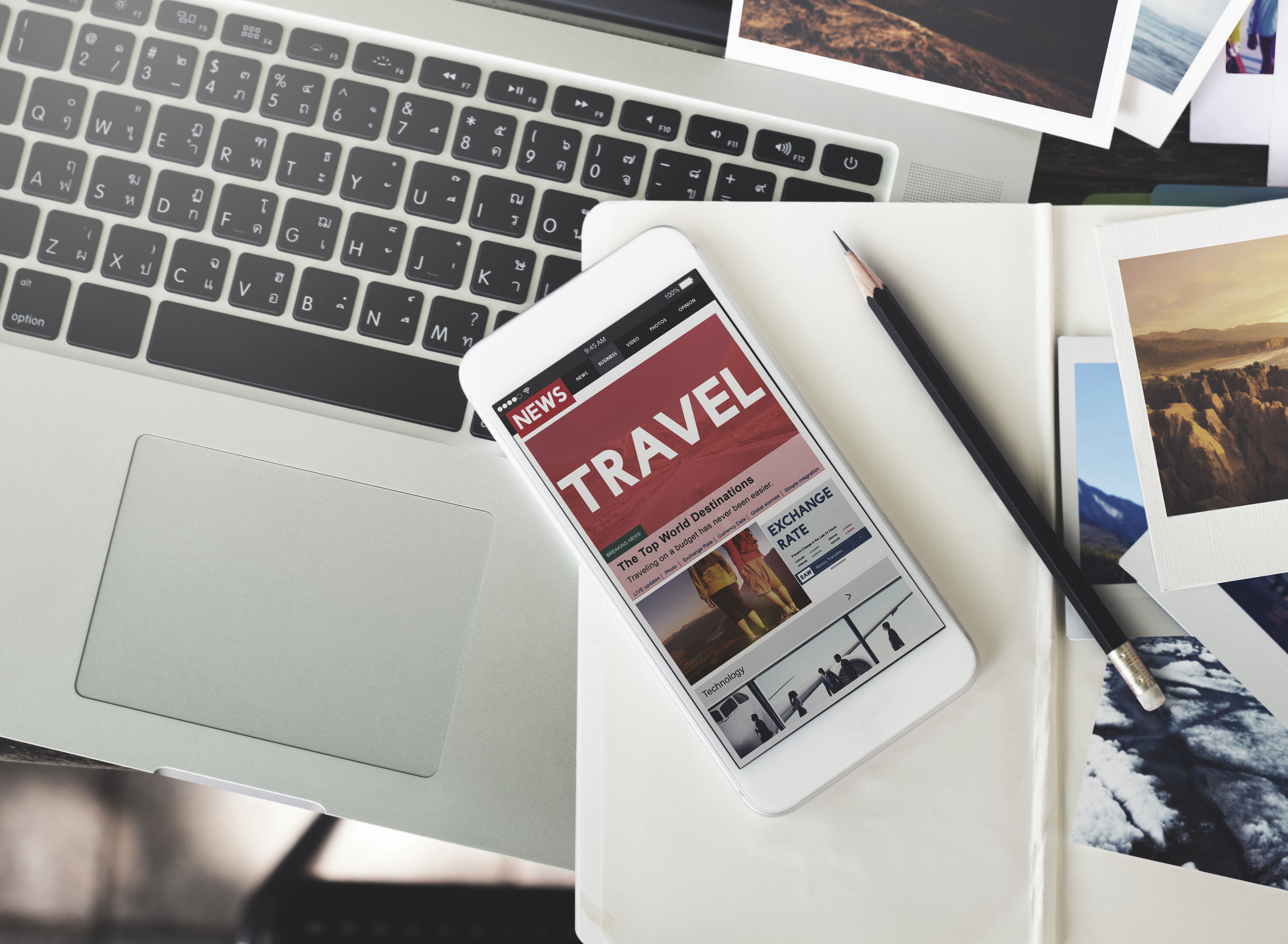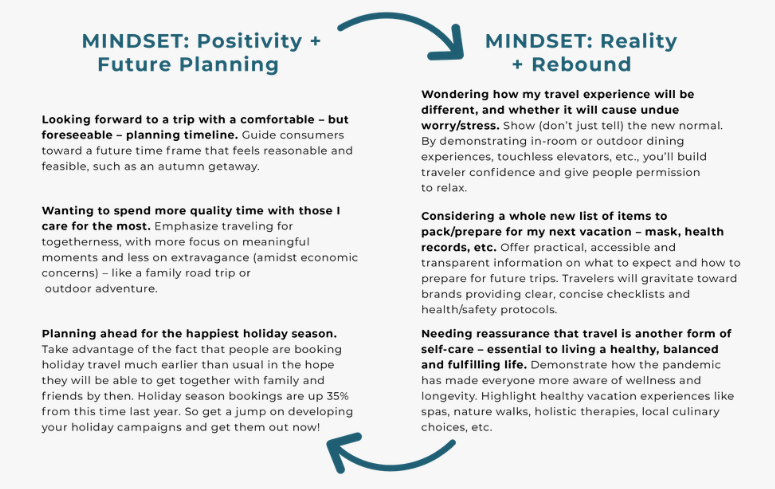How travel brands can fill the social media void
As organizations in the travel and hospitality space adapt to the reality fo the global pandemic, there’s still a way for them to engage on social media platforms, even without user-generated content.

The surest way to make people long to travel is to tell them they can’t. That’s the impact of COVID-19 on those who love vacations and destinations.
As a rule, 86% of would-be travelers—from Zoomers to Boomers—look to social media for vacation inspiration. COVID has impacted this too, and in ways that can bolster your travel brand. While this statistic has remained the same since the onset of the pandemic, there’s been a significant change in travel-related social content. Pre-COVID, 60% of consumers made vacation plans based on a friend’s social post (also known as user-generated content or UGC). But that “look-at-my-fabulous-vacation” content has suddenly dried up. And this gives travel brands a golden opportunity to fill the UGC void by delivering the captivating imagery and ideas that escape-craving consumers want.
Lockdown awakens wanderlust
Predictive data has shown that, as of last May, people had stopped planning to make DIY masks and quarantine-inspired recipes—at which point, there was a sharp and sustained spike in searching and planning for future travel. Brands that recognize and respond to consumer interest by filling today’s vacation social media content void can make powerful consumer connections—offering an edge as restrictions ease and travelers venture back out.
Pinterest search data (below), captured from February to April 2020, shows a significant increase in travel planning compared to the same time last year.
- “road trip ideas for kids” searches +40%
- “places to travel” searches +59%
- “summer vacations” searches +100%
- “dream vacations” searches +488%
Pro tip: Tap Pinterest for predictive data. The most telling indicator of today’s demand for travel-related social media content and future intent is Pinterest. Unlike other social media platforms, people use Pinterest to consciously plan their future as opposed to sharing what is happening or what has already happened.
While travel planning has seen a dramatic uptick, actual travel is still lagging. The Transportation Security Administration (TSA) reports passenger air travel in June 2020 was only 20% of what it was in June 2019. With that in mind, social media messaging must strike a balanced tone between cautious optimism and hopeful realism.
As travel restrictions gradually ease, consider two consumer mindsets when messaging:
- Positivity Future Planning
- Reality + Rebound
Think of these mindsets on a continuum, teetering back and forth in response to ever-emerging factors, such as local reopening progress, global pandemic reports/news, economic concerns and social media content. Any and all of these considerations will influence where consumers are on the continuum and help you message appropriately as you move in their direction.

(Image courtesy of Finn Partners.)
Travel brands are facing a game-changing moment—and social media holds the key for winning or losing the game. As society and the economy continue to recover and adapt, brands can leverage predicative data to gauge what travelers see in their future. The brands that continue to satisfy consumers’ wanderlust will be the ones people turn to first when they’re ready to hit the road again.
Amy Goldberg is a social media manager with Finn Partners.







Wow! Looking at this wisdom helps show why Finn is the fastest growing of the major PR firms. And more important, why Finn clients grow while some competitors starve.
Thanks for the tips. Will surely try them on our social media, especially since it is rather fresh